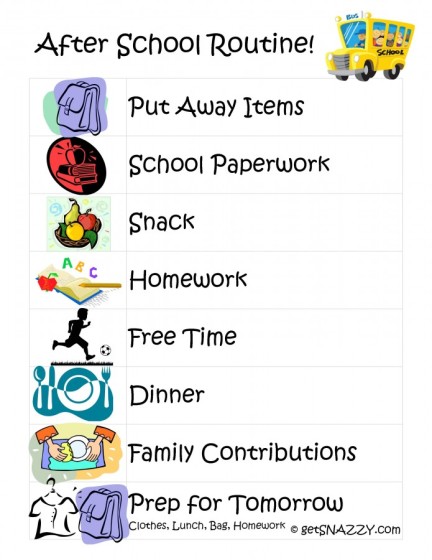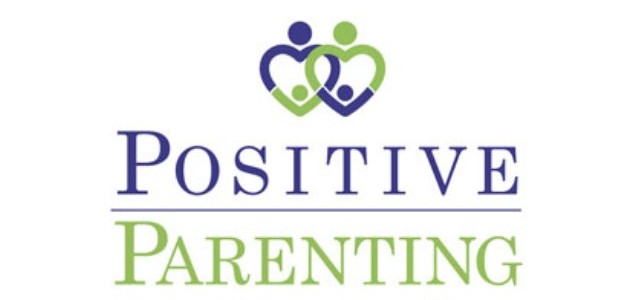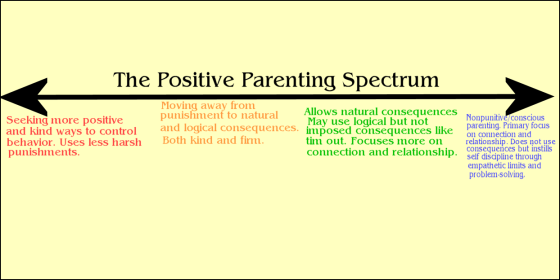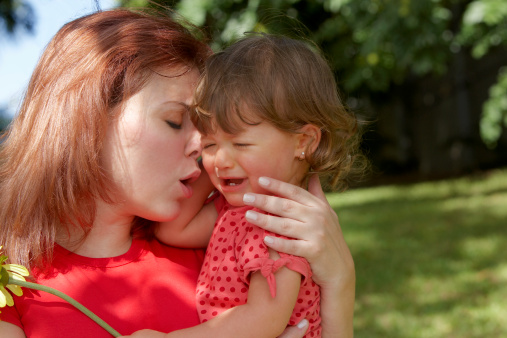Positive Parenting – Tips To Be An Effective Parent
When you first found out you would be a stepmother or stepfather, mother or father, did you feel you were ready for parenting? What preparation did you undertake before becoming a parent? Did you attend any parenting classes?
Do you feel you’re a good parent?
Most people go into parenting clueless about the best method or approach to raising a child.
Has anybody ever taken the time to give you positive parenting tips? Most people go into parenting based on the knowledge gained while growing up. But what if our parents didn’t use the best parenting strategies on us?
What if, during our childhood, we faced neglect and a lack of love? Is that what you should be teaching your children?
As a parent, you need to decide what you want for your child. Do you want your child to be brought up in the same way as you were? Or would you like to raise them slightly differently?
Many parents don’t realize often some of the problems they face with their children are a reflection of their own parenting skills and discipline methods.
So what is Positive Parenting?
Positive parenting is a style of parenting that leads to contented and balanced children. Learning when to say “no” to your child plays a huge part in positive parenting.
As a parent, you’ll want to give your child the best possible, but there will be times when you’re unable to or a child’s request is unreasonable.
Children brought up via positive parenting methods will accept the word “no.” Your role as a parent is to equip your child for their future and life in the real world. Children are often resilient, and they may not accept the word “no” at first, but saying no will make your child realize they can’t have everything.
Positive parenting is based on meeting your child’s needs without overcompensating and constantly trying to be the good guy. When parents decide to follow positive parenting methods and learn to say “no” as needed, they’ll be equipping their children for the future and teaching them an invaluable lesson.
Children need Regular Positive Attention
It is your job as a parent to correct any negative behavioral problems your child may have. And it’s also important to give your child positive attention.
Parents are often very quick to correct and criticize, but it’s important to be equally quick to praise. Every time your child does something positive, be sure to compliment and praise them straight away.
Acknowledge your Child’s Feelings
Children need their feelings to be regularly acknowledged. It’s easy for parents to tell children what they think they’re thinking or mean. It would help if you also gave your child a chance to express themselves and acknowledge their feelings.
Children Need a Consistent Routine
Your child needs to have a consistent routine each day; this will help them feel secure. While it’s good to change from time to time, there needs to be consistency in what is expected from them both at school and at home.

This tip is brought to you by Pathway Care Fostering Agency, an independent fostering agency that provides mainstream foster care and several specialist high-level foster services in Wales & the South East, and the West of England.









